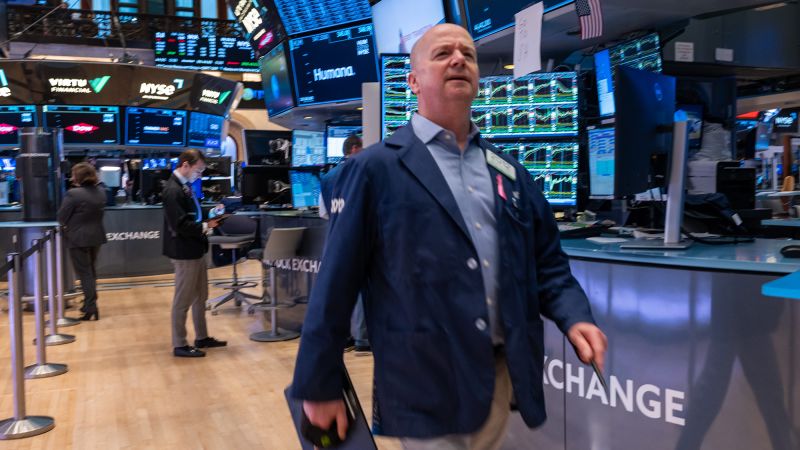The Dow broke past the 40,000 threshold Thursday morning for the first time ever, driven by an encouraging inflation report. The blue-chip index was up about 114 points, or 0.3%, trading at around 40,022 mid-morning. Market optimism was fueled by the latest Consumer Price Index showing a slowdown for the first time in months, leading to hopes that the Federal Reserve may start cutting interest rates as early as September. The inflation report revealed a 0.3% monthly increase, slightly slower than economists’ expectations of 0.4%.
Adding to the optimistic outlook was the weaker-than-expected April retail sales data, indicating that consumer spending was slowing down. The markets responded positively, with staple retailers like Walmart beating earnings expectations and rising nearly 6%. Airline, utility, and Big Tech stocks also saw gains. Speeches from Fed officials further boosted investor sentiment, with New York Fed President John Williams and Richmond Fed President Tom Barkin expressing positive views on inflation and retail sales.
The record-breaking Dow at 40,000 marks a symbol of investor confidence in the US economy despite concerns about interest rates, inflation, and geopolitical tensions. However, there is a noticeable contrast between the sentiment on Wall Street and Main Street, with consumer sentiment hitting a six-month low due to rising prices. Despite this, the Dow’s achievement may help spread optimism beyond Wall Street, demonstrating the resilience of the US economy amidst recession fears.
The first quarter of 2024 saw significant market momentum, with the S&P 500 hitting 22 new records between January and April. However, concerns about prolonged high inflation and interest rates led to market volatility. The recent CPI report indicating a slowdown in inflation changed this perception, providing a more positive outlook for investors. The milestone of crossing 40,000, while not holding much practical value, signifies a strong economy and boosts investor confidence.
The Dow’s journey to 40,000 involved several significant milestones, including its formation in 1896, crossing the 100 and 1,000 marks in history, and experiencing crashes in 1929 and 1987. The index reached 10,000 in 1999 during the tech bubble and later faced the dot-com stock bubble burst in 2000. The financial crisis of 2008-2009 caused a significant drop in the Dow’s value, but it recovered to hit 15,000 in 2013 as the economy rebounded. The passage of the Trump tax cuts helped propel the Dow from 20,000 to 30,000 in recent years.
The Dow’s milestones reflect the ups and downs of the economy and stock market over the years, from crashes to recoveries and periods of strong growth. The recent achievement of crossing the 40,000 level is a testament to the resiliency of the US economy and investor optimism. It serves as a reminder of the market’s ability to weather challenges and bounce back, providing hope for continued growth and stability.













